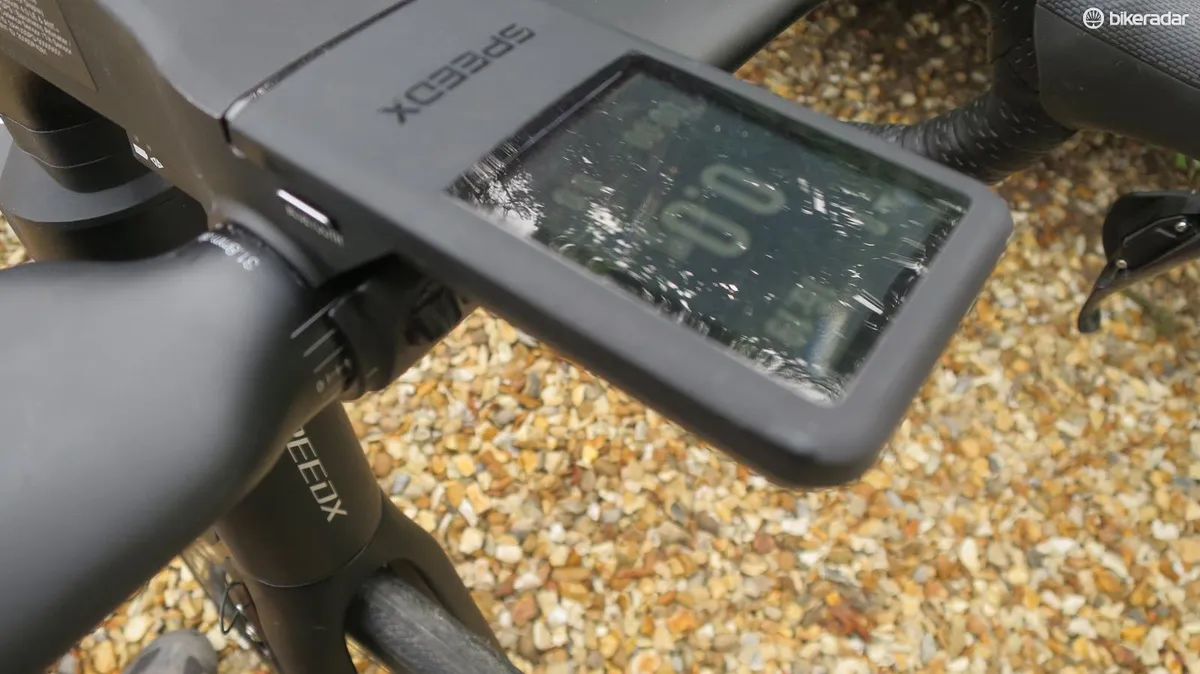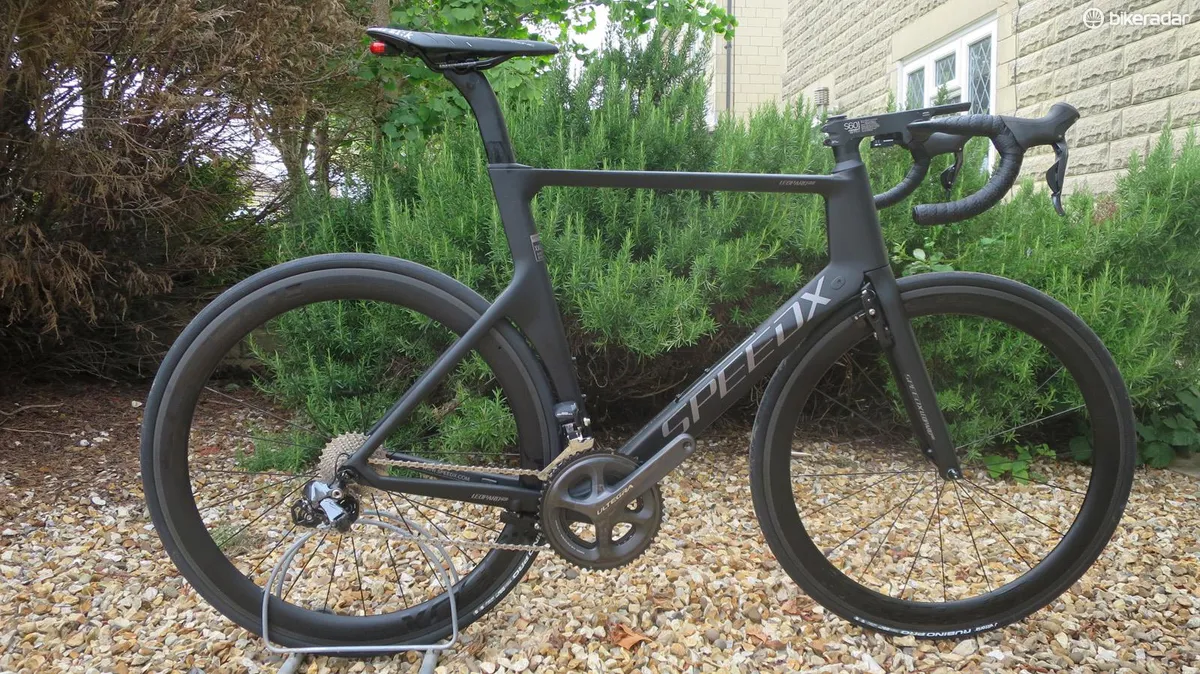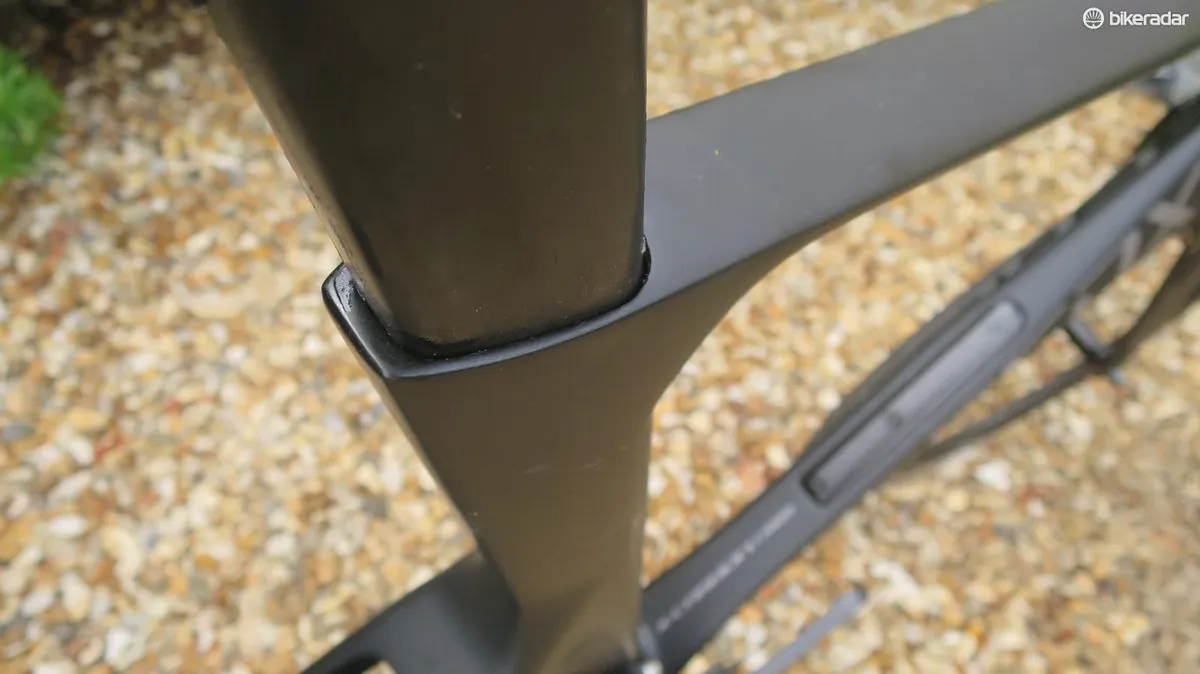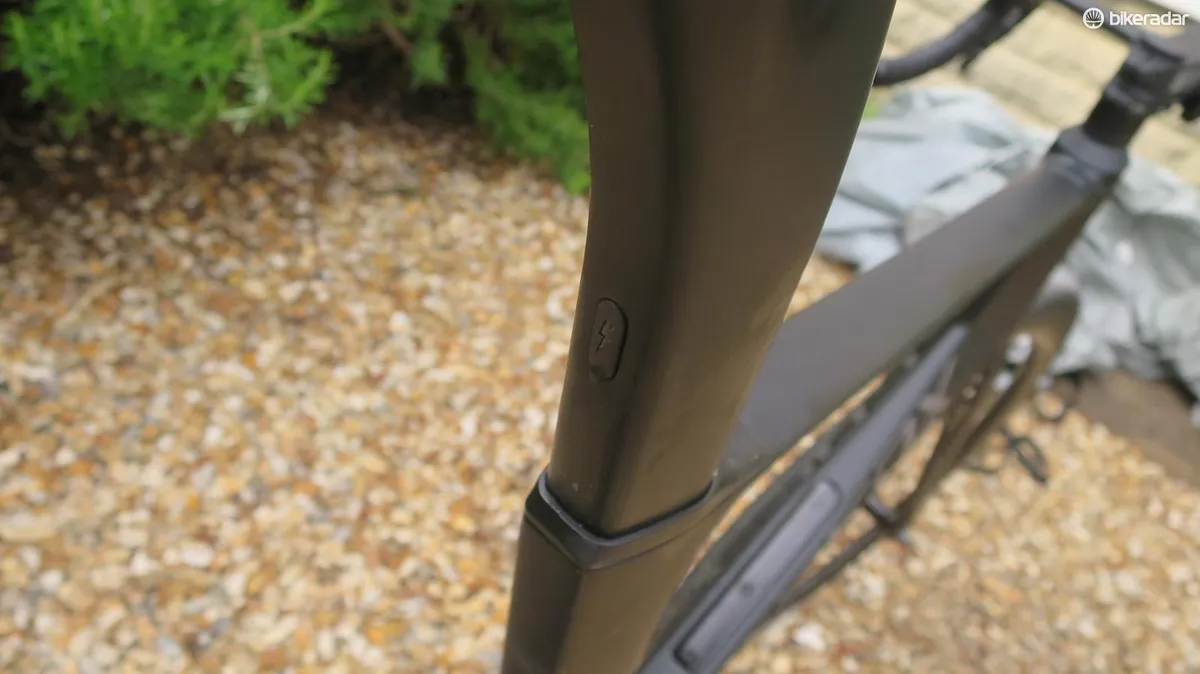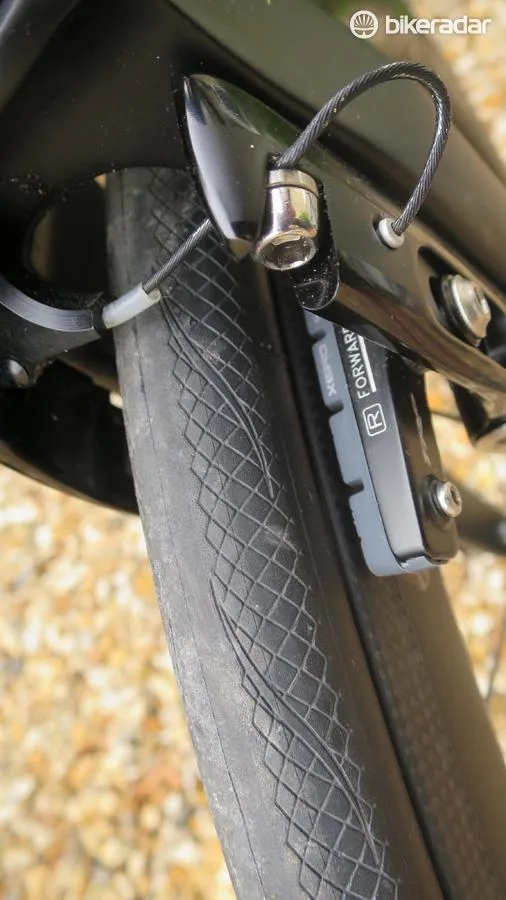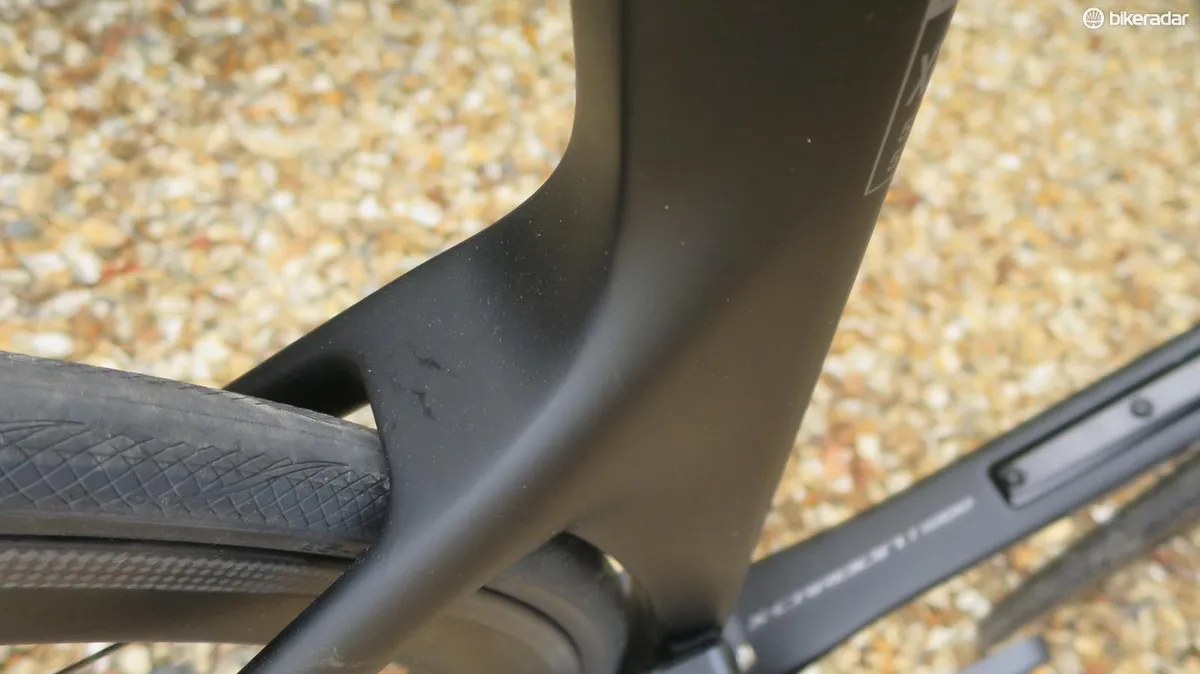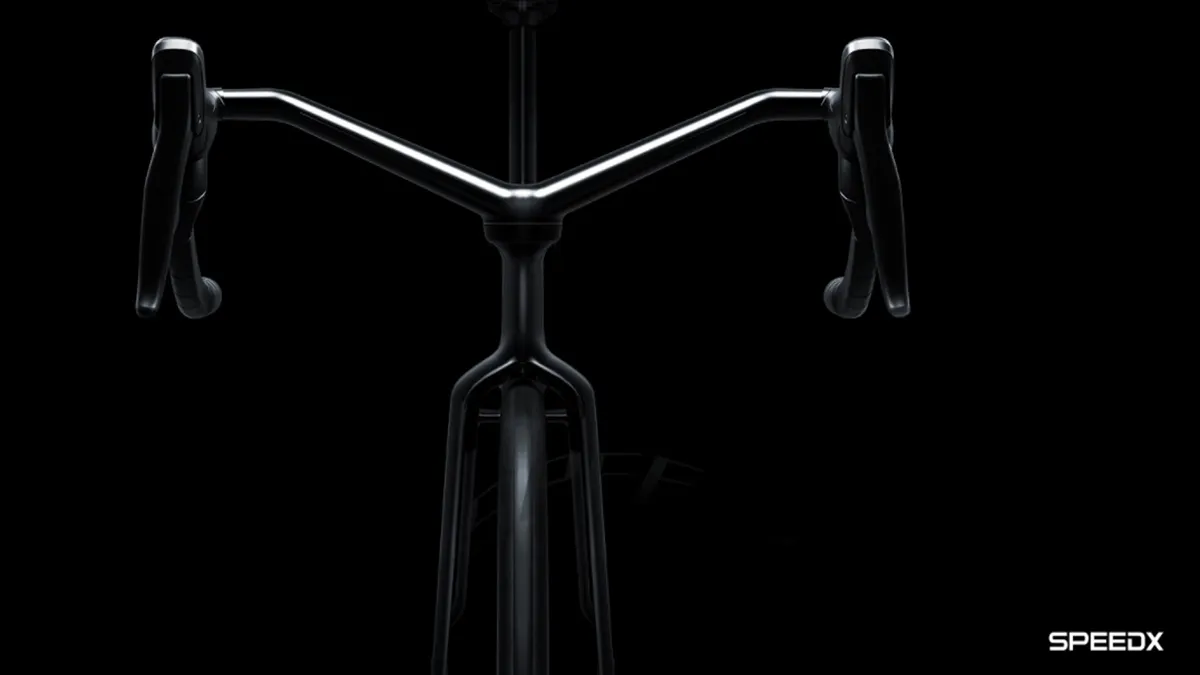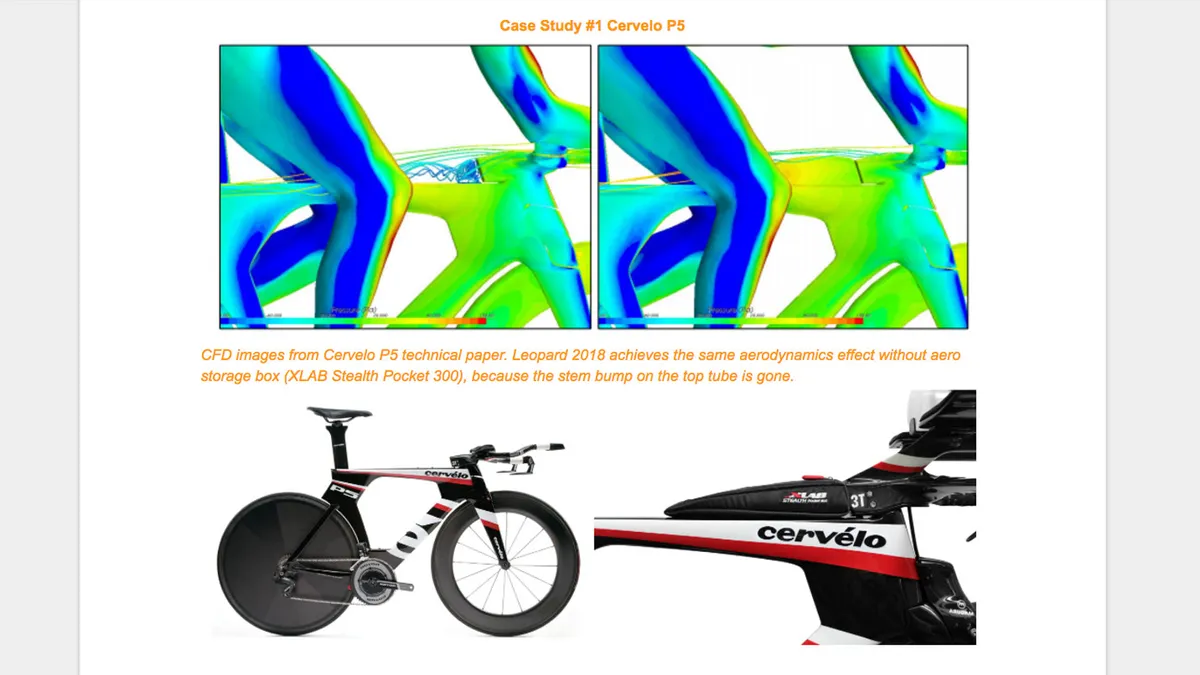When I tested the record-setting Kickstarter-funded SpeedX Leopard last year I appreciated the concept and the idea of a more integrated and connected performance bike — and it’s obviously something that caught traction with over 1,200 backers in the first place and $2.3million pledged — but sadly it left a lot to be desired and I scored it only one star.
Now, after what was a pretty disastrous first outing for the Leopard you’d expect a brand (especially a new one) to be wary of getting burned again. However, SpeedX took on board all of my criticisms and kept us up-to-date on the improvements it was working on — respect.
That’s now all come to fruition and SpeedX popped in for a visit to show me its updated Leopard and give us a sneak peek at the improvements that have been made — as well chat about what it’s already working on for the next model.
SpeedX brand and marketing manager Chandler Xu first explained that “The simple thing to improve is the cadence sensor, our original would only work with a 6mm hex hole, so now we include two in the package so there is one for 8mm pedal axles too.”
Now that’s a simple enough fix, but not one of the core issues I had with the original bike, so I asked Xu about the wheels and he said: “We originally had two wheel manufacturers, but after your feedback and some from customers too we realised that one of those manufacturers really wasn’t making the quality we needed. So now we have dropped them and are only using Xero for our wheel needs.”
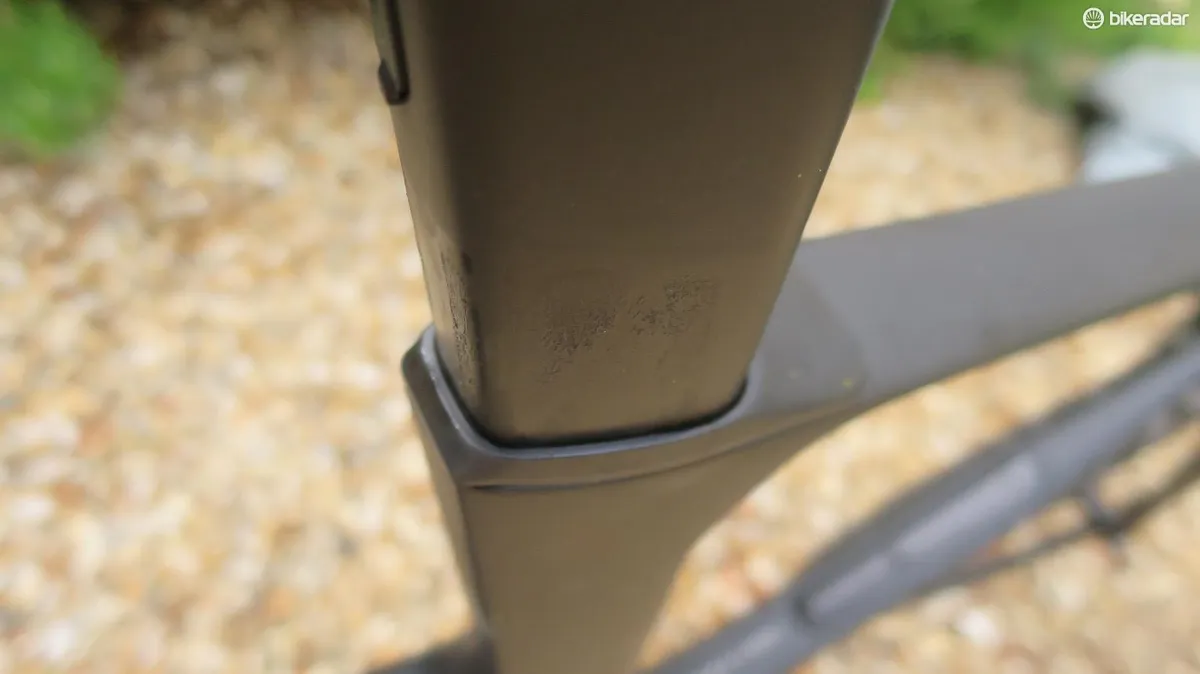
The other problem I raised was with the seatpost, which slipped with water ingress and had a tendency to develop a worrying creak up front. Xu told us: “We’ve been back and looked at the history of the bike we supplied, and it was one of our very first bikes post-prototyping, so it wasn’t really a full production model, even so we have improved the quality control on the frames and forks and improved the seatpost fit, plus we supply carbon fitting paste with the bike for the seatpost.”
The other issue I had with the seatpost was the location of the USB port, which ended up being obscured when the saddle height was set, making charging a pain. So SpeedX has done away with the integrated light in the seatpost and replaced it with a unit that’s still connected but slots into the rear of a FiZik saddle instead.
This allows the USB charge port to be moved much higher up on the post.
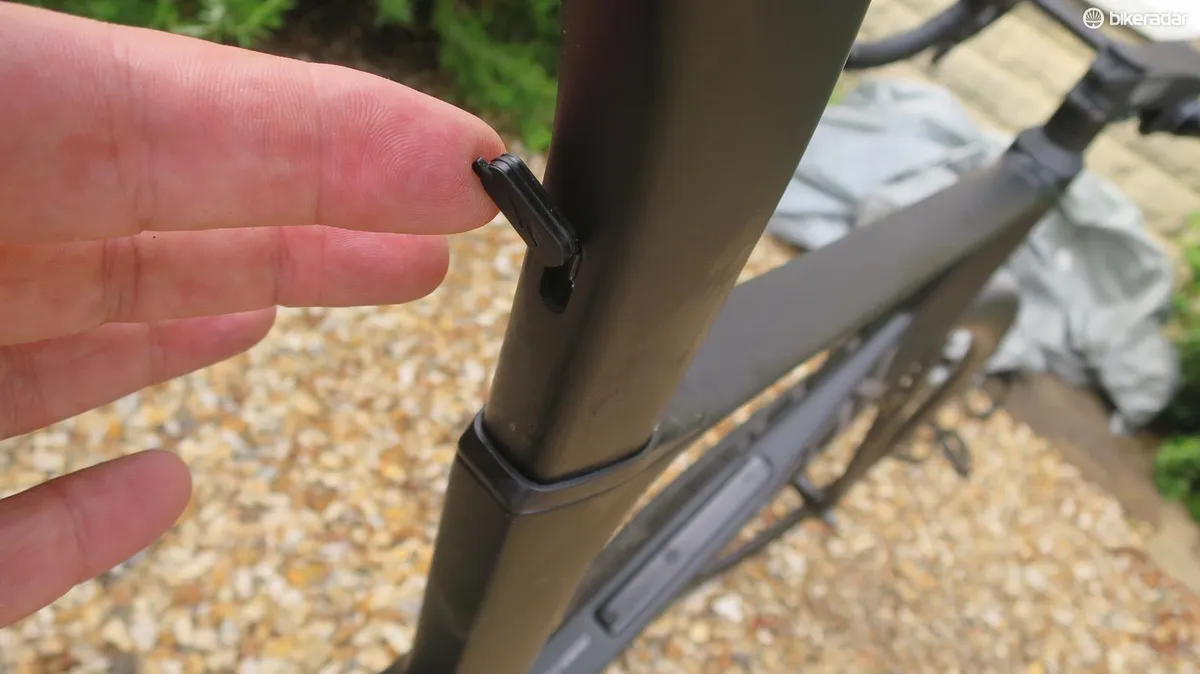
It’s good to see other simple improvements made too, such as the switch to 25c tyres from the narrow 23s on the original.
The biggest change has been made to the SpeedForce and SpeedX app. The failings I experienced with pairing the devices have been solved, and have much better all-round stability, according to Xu.
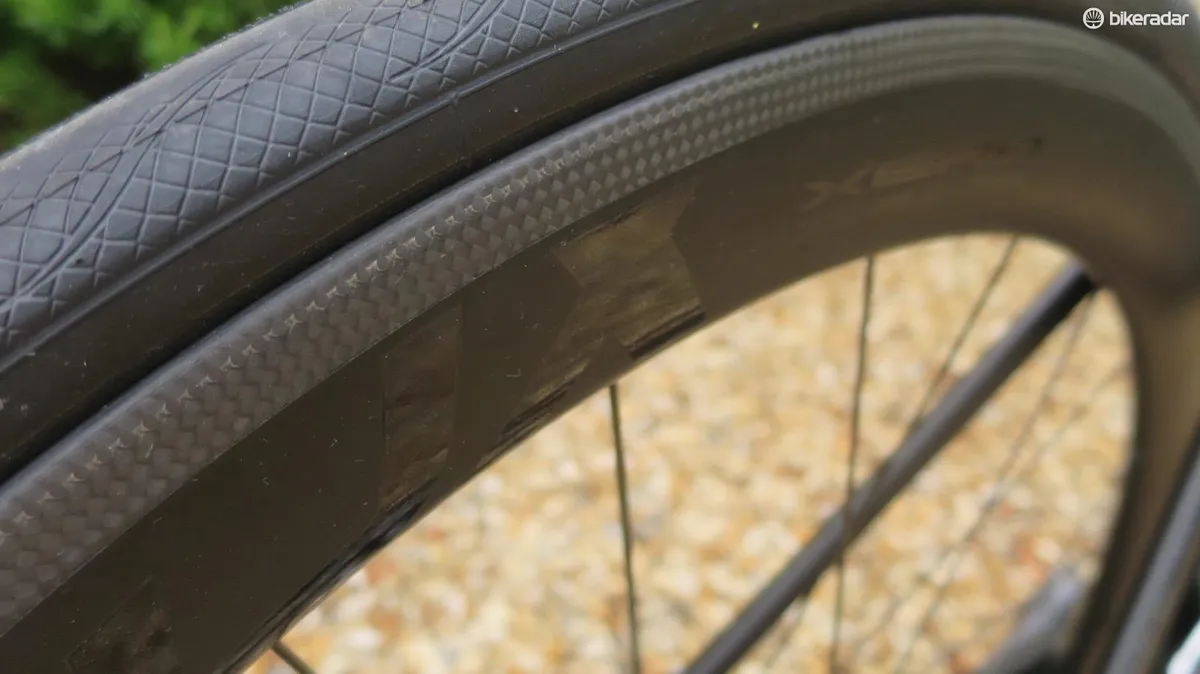
I have the new Leopard in for test, albeit a higher spec version than the previous model I tested, the Leopard Pro. It’s priced at $2,799 and comes with carbon clinchers made by Xero as well as Shimano Ultegra Di2.
I haven’t had a chance to get out on the revised Leopard yet, but as soon as I have a few of hours under my belt I’ll report back on how it fares.
V-shaped bar
SpeedX certainly shows no lack of ambition with the Unicorn disc bike, which will be available imminently, but delays to the final production of its own crank based powermeter mean that the initial bikes will ship with FSA Powerbox cranks.
But it’s the next Leopard’s cockpit design that looks the most interesting.
The V-shaped bar design does away with the need for a traditional stem completely. SpeedX claims that by eliminating a traditional T-shaped design it can improve aerodynamics massively both at the front and trailing after the stem on a traditional bike (think how TT bikes, such as Cervélo’s P5, use a box behind the stem to eliminate this aerodynamically messy area).

It also claims that having the bar set at a forward-facing angle creates much less drag. The idea is similar to a Venge Vias with its S-Works Aerofly bar and stem setup, but the Y-shape of the bar on the SpeedX is seriously more aggressive.
The theory is that air vortices exist on both sides of the handlebar and interfere with the rider’s body creating turbulent air and therefore drag. To lower that wind resistance those vortices should be kept as far from the rider’s body as possible, so by eliminating the stem and moving the wing shapes of the bar forward you create that space.
Integrated cockpits usually suffer with a lack of adjustability, but SpeedX claims its design offers plenty. Height adjustment is handled by the headset spacers and length can be adjusted via the lattice of bolt positions on the plate of the steerer by moving the position forward or back in 15mm steps from between 90 to 120mm.

For riders looking for a lower and more aggressive position, SpeedX will also offer a pro-team version with a 20mm lower stack. The new bar is also compatible with the new Di2 bar-end junction box, like on Pro’s latest Vibe aero bar.
The Leopard 2018 has had extensive CFD testing and SpeedX says it’s seen seriously big gains in aero performance, and has a wind tunnel test scheduled for August to further prove the theories.
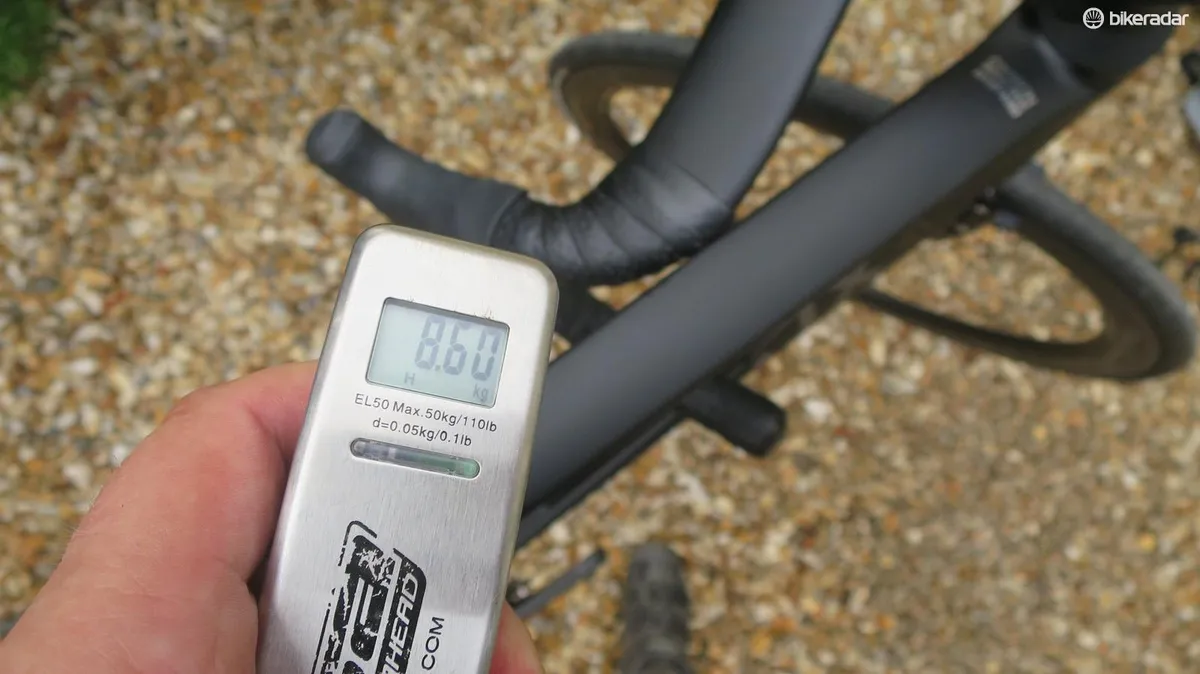
The cockpit design will then be prepared for production where it will still face the challenges of stiffness, strength, weight and not to mention cost, before it becomes fully realised and makes it onto the 2018 Leopard.
The only remaining question is where does the SpeedForce computer fit into all of this? It’s a key part of the SpeedX story, so could this be a clue that SpeedForce may well become a standalone product, or at least a removable one that comes with a Garmin style out-front mount rather than completely integrated into the stem as it is now? Who knows, but we will be watching with interest and will keep you up to date.
